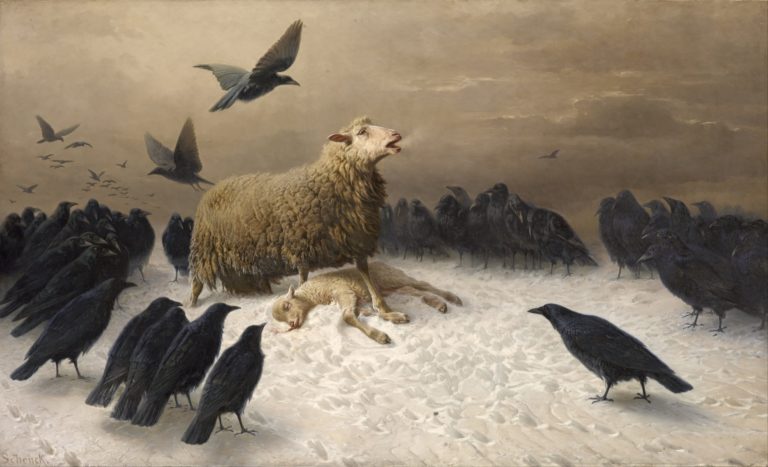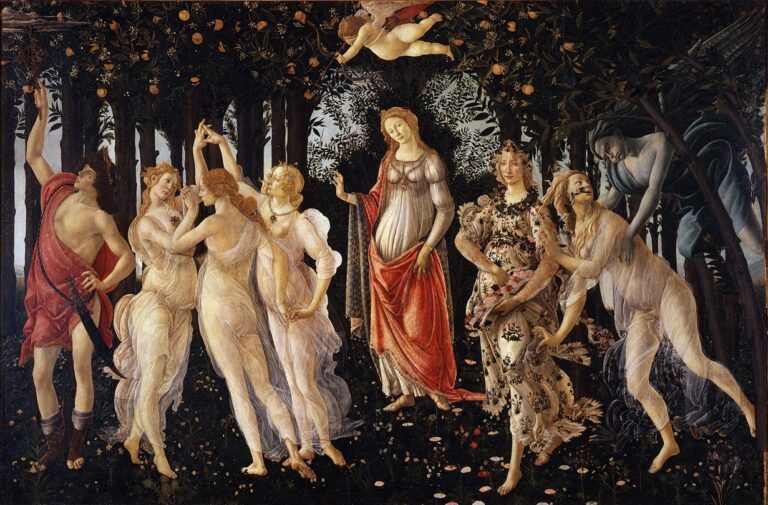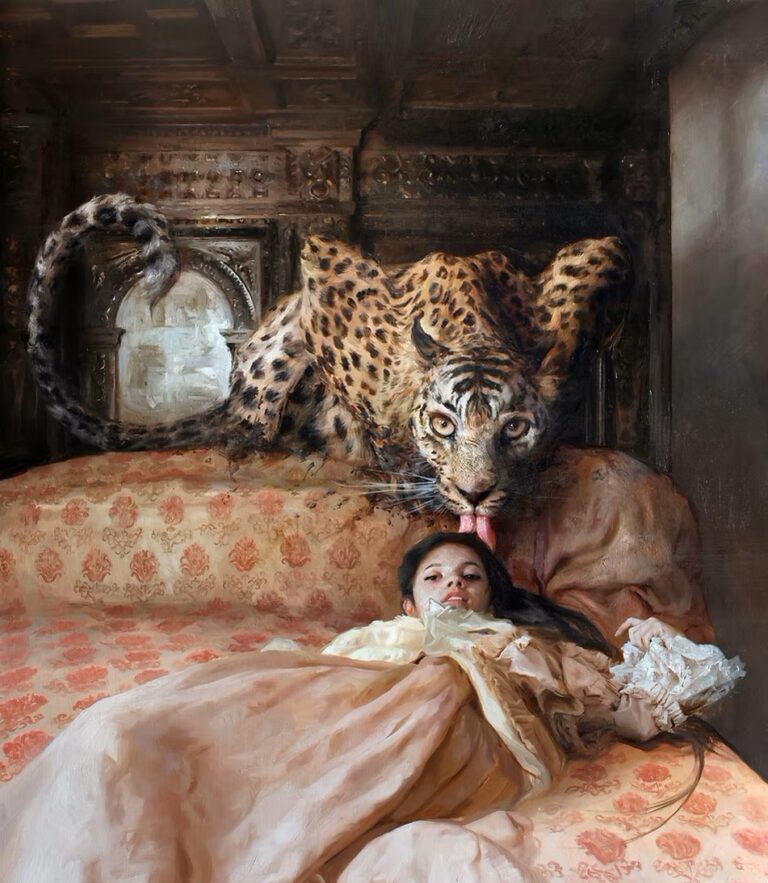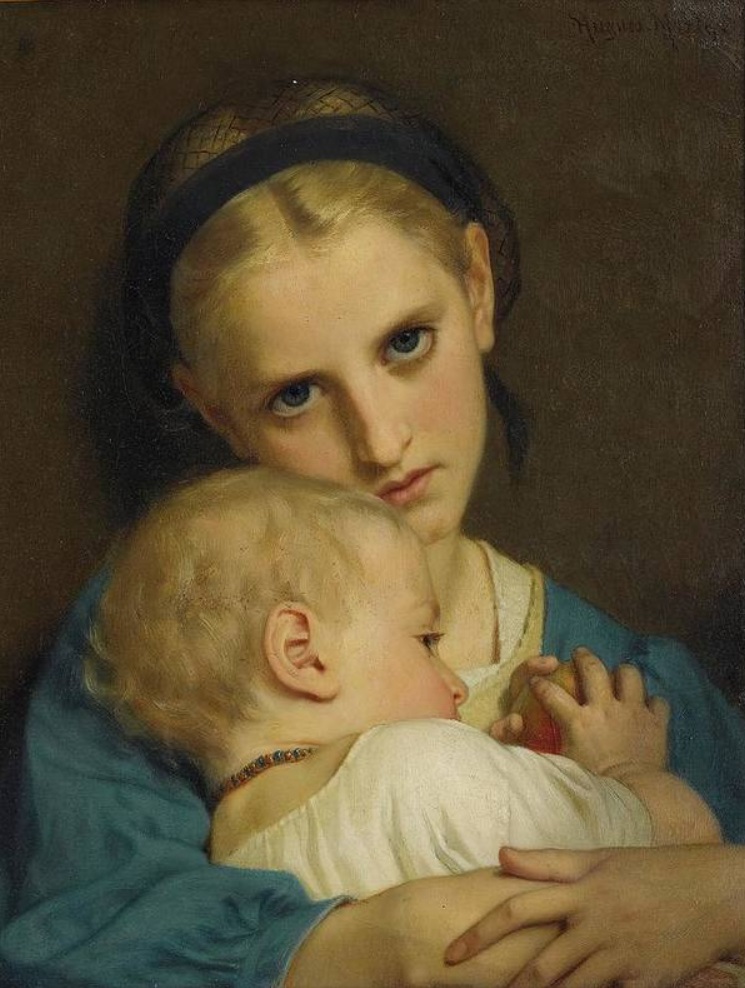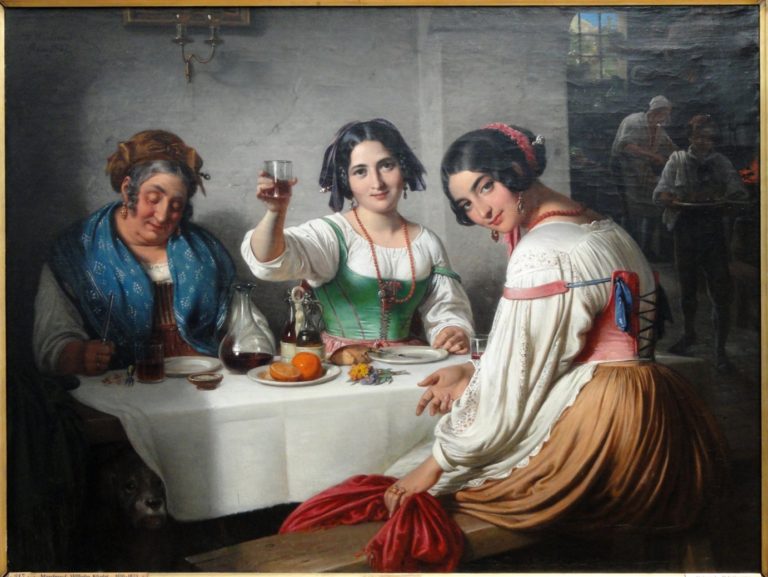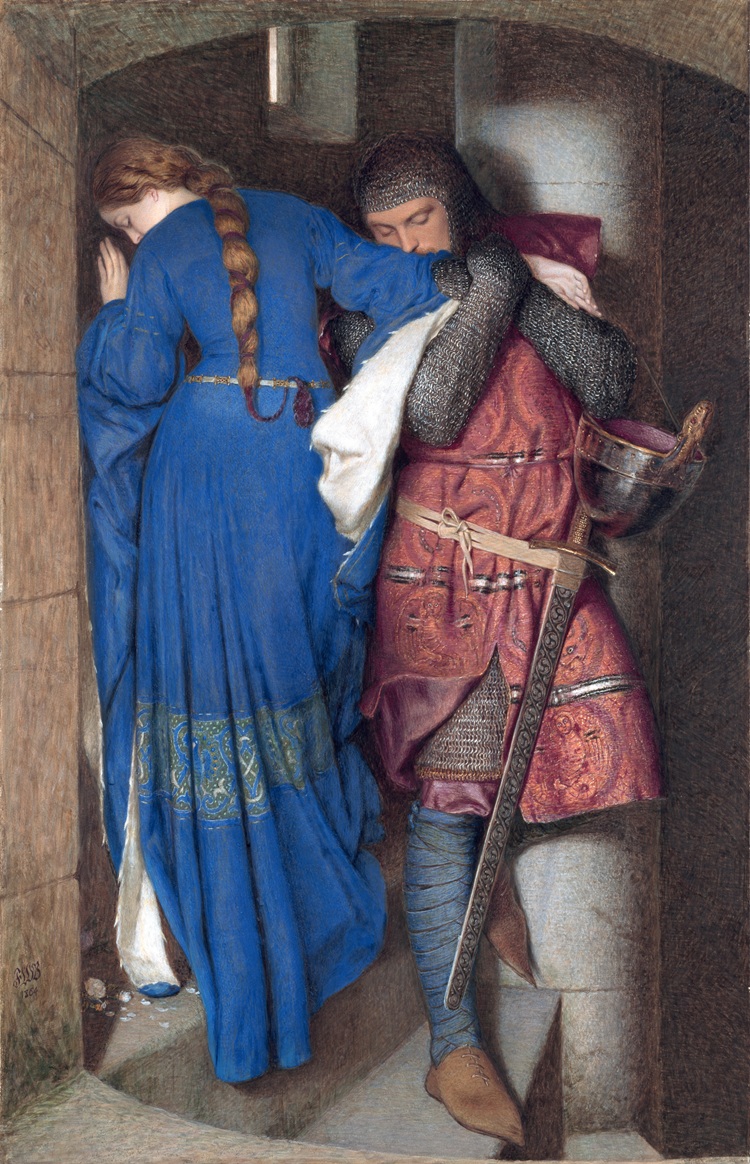with love, judith beheading holofernes
Welcome to March, the month also associated with the International Women’s Day on March 8th. This month’s painting was an easy choice for me. A no-brainer, some might say. One about female rage, what a beautiful thing.
This piece of art was inspired by The book of Judith. An excerpt from Wikipedia:
“In the story, Judith, a beautiful widow, is able to enter the tent of Holofernes because of his desire for her. Holofernes was an Assyrian general who was about to destroy Judith’s home, the city of Bethulia. Overcome with drink, he passes out and is decapitated by Judith; his head is taken away in a basket (often depicted as being carried by an elderly female servant).”
Andrea Mantegna, 1495
There’s many artworks of this incident, the very first one being by Italian Renaissance painter Andrea Mantegna (1431-1506) from 1495 (see below).
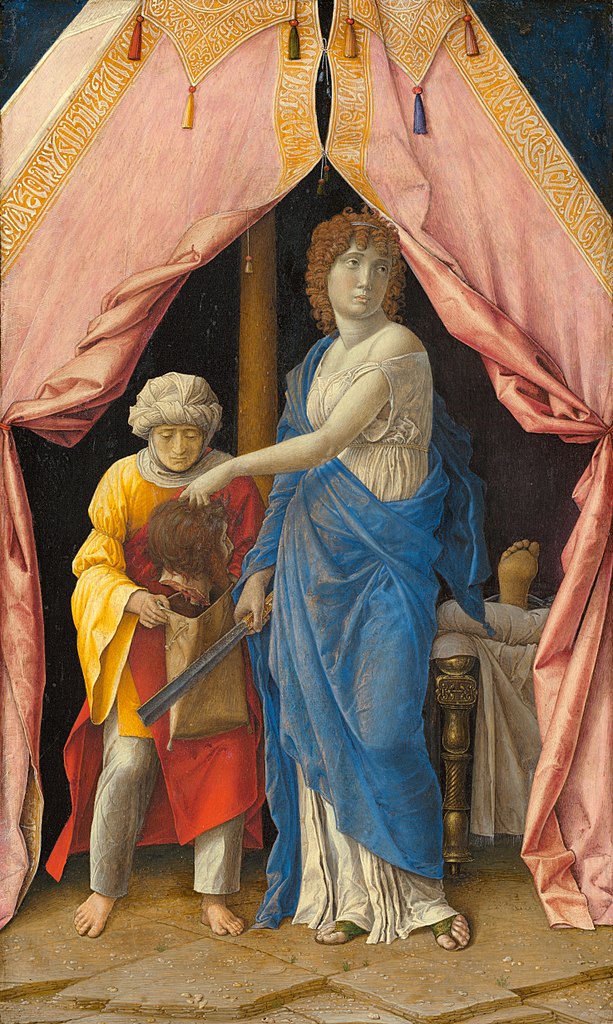
Caravaggio, 1598-9
In 1598-9, Italian artist Caravaggio (1571-1610) painted his own version of the same incident which happens to be my favourite one. His way of combining light with dark contrast and black colour in general is so alluring, so fascinating and just so damn stunning. The rich and deep depths in all of his paintings makes this one and many more of his artworks the more intensely eye-catching and beautiful. It’s amazing how he manages to make the darkest parts of his paintings really pop (see below).
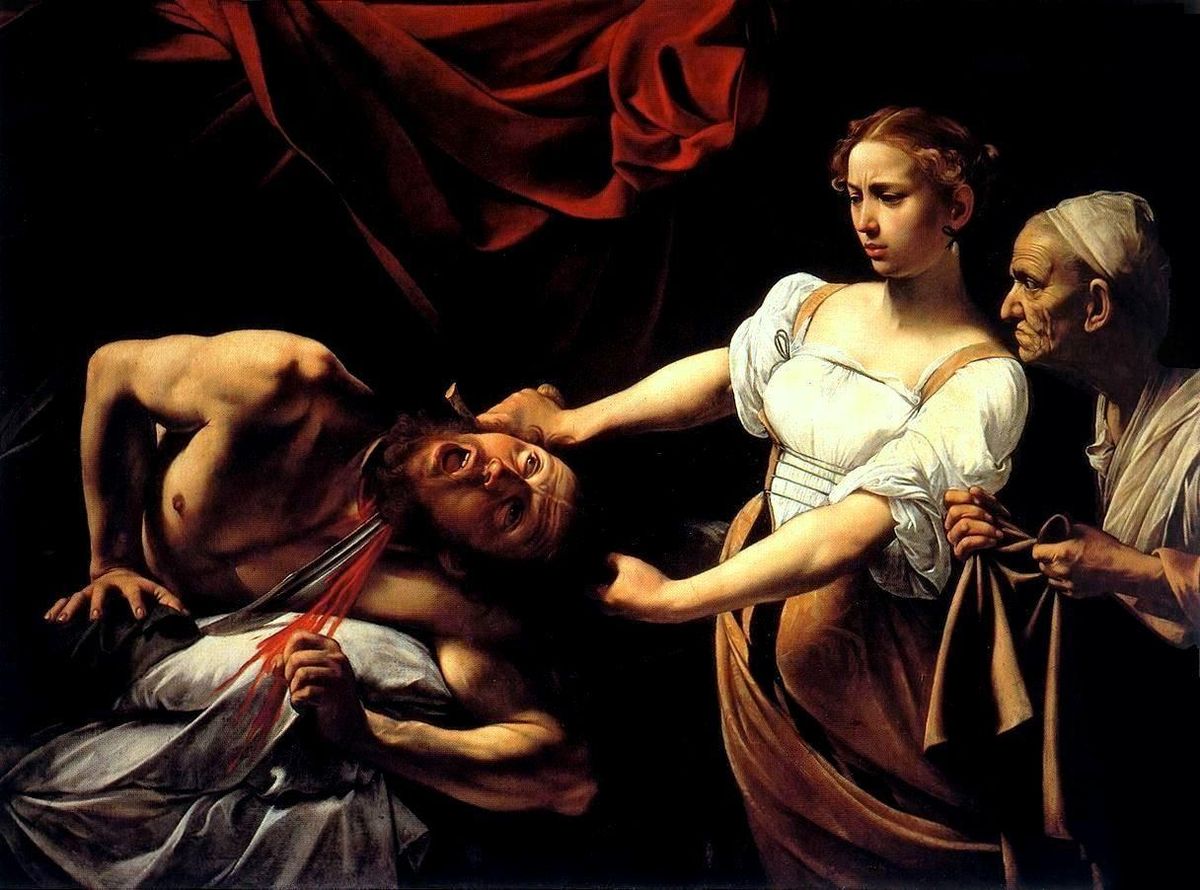
Artemisia Gentileschi, 1612-1613
But then came early Italian Baroque artist Artemisia Gentileschi (1593-1653). The only woman to create a painting of the same event, from my knowledge. And after reading and learning about her story, she’s definitely the one who should have created it in the first place. Long story short, it’s been speculated that this is her visual revenge on the man that raped her in 1611, her paint teacher Agostino Tassi. Artemisia used to use herself as a model in most of her paintings and here she’s portrayed as the woman holding the sword and you can sense her anger and her vengeful heart and attitude. It’s written all over her face and body language. The blood splatter is more detailed and aggressive, and you can sense the struggle between these three people. Almost even smell the iron from the blood. Get her, Jade!
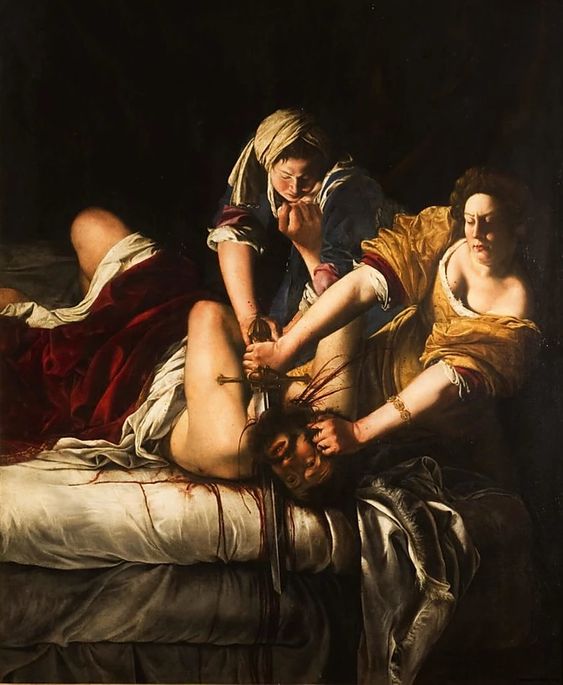
Carlo Saraceni, 1610-1615
One honorable mention is this one by Italian artist Carlo Saraceni (1579-1620) (see below). Look at her smug face. She’s so proud of herself and I’m proud of her.
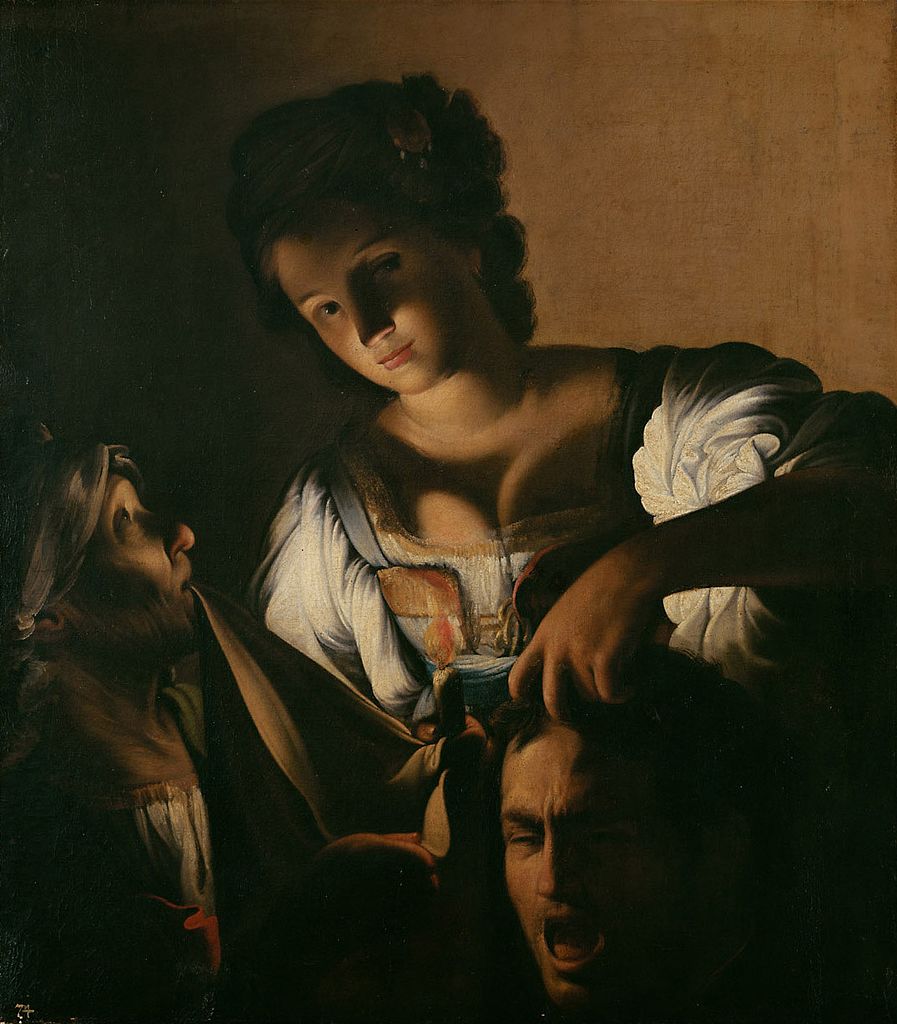
As with Portrait of a black woman, I can’t wait to hang them up on my wall (from both Caravaggio and Artemisia). But as prints as well because… you know… money.
If you wish to learn more:
Great Art Explained (Artemisia Gentileschi’s version)
Other paintings I’ve written about:
The birth of Venus
Portrait of a black woman

